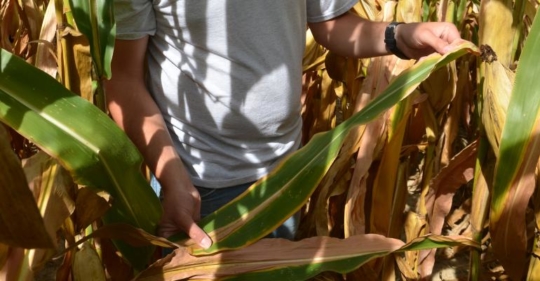Explore our blog featuring articles about farming and irrigation tips and tricks!
Learn To Identify Signs Of Nutrient Deficiency

By: Tom J Bechman
If you want to grow as many bushels of corn per acre as possible, a good place to start is looking for symptoms of nutrient deficiencies. Dave Nanda says once you know how to recognize deficiency symptoms, you can determine if you need to make management adjustments.
Nanda is director of genetics for Seed Genetics-Direct. He walks cornfields during the growing season, noting things like diseases and nutrient deficiencies. What he advises doing about them depends upon when he sees these symptoms and under what type of weather conditions. It’s difficult to make recommendations for corrective action early in the season or for management changes for the next year unless you keep everything in the context of weather patterns and how the field was managed, he says.
Deficiency symptoms
In any case, the most important first step is identifying the nutrient deficiency, Nanda says. Unless you walk fields and can make positive identification of what you see, you don’t have enough information.
The Purdue Corn and Soybean Field Guide is a good resource, he says. It provides pictures and descriptions of major nutrient deficiencies.
Here are three you may run into frequently in corn:
Stay up to date on all T-L news and get alerts on special pricing!


